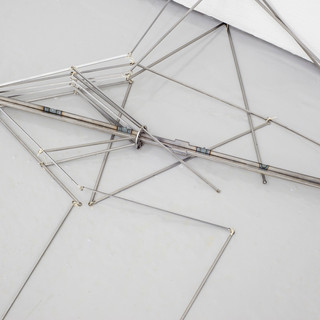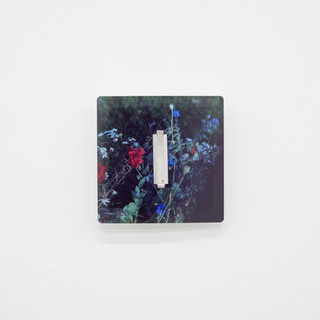
8 - 11 Nov 2018
Independent Brussels
Booth 4_1
Both Lynch and Sherry question the nature of quotidian space. Lynch’s sculptures echo ubiquitous domestic objects such as sinks and the construction debris left around during urban development. By reproducing these objects from memory, Lynch questions how everyday activities, such as commuting or walking around the city can help to mediate the experience of our urban centres from a gendered perspective.
Likewise, Sherry’s performance works address the same themes from a more absurdist perspective, prompting us to question our daily rituals just at the point when they become unnoticed.
Tessa Lynch
Tessa Lynch works predominantly with sculpture and performance. Her work develops from the observation of her immediate surroundings and from her quest for the existence of a female flâneur, the woman who wanders aimlessly. She describes her practice as: work and life held in one place, intermingling and blurred. Lynch is interested in the politics that shape the world and how they’re reflected in what we see and experience on a day-to-day basis. She is fascinated by the emotional impact of the environment – especially the built environment, urban settings, how they’re shaped and controlled and, in turn, how they shape us.
David Sherry
Common acts of social interaction and the resulting omnipresent etiquette are central themes in David Sherry’s work. In his performances Sherry provides an insight into the cultural codes and learned behaviours revealed in conversations, radio programs, newspaper articles or banal incidents in the street. As an artist Sherry also applies this enquiry to the way he engages with art. Sherry’s work provides another way of thinking about the inspirational philosophy often found in this type of exchange, peering into the laws of the social mesh, repelling an accepted discourse and embracing other forms of meaning common to us all.















